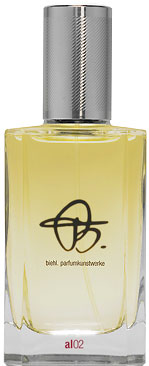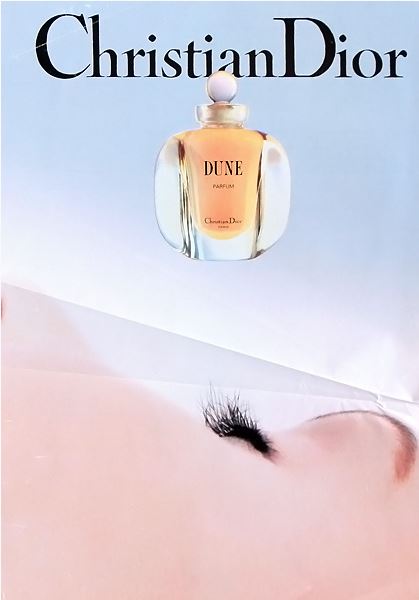
imagen: Theredlist.com artista: Gustav Klimt “Retrato de Emilie Flöge”, 1902
Fundada en 1798, Lubin se cuenta entre las marcas de lujo más antiguas aún en existencia; es también una de las pocas casas de perfumería con legítimo derecho a presumir de sus vínculos con la realeza. La marca se menciona con frecuencia en publicaciones del siglo XIX, época en la que fue proveedora de diversas testas coronadas europeas: Jorge IV, el zar Alejandro I, las emperatrices Josefina de Francia y Elisabeth de Austria. Luego de su declive y deceso a fines del siglo XXth, Lubin fue devuelta a la vida por el Director Creativo Gilles Thevenin. Hemos hablado más extensamente sobre la casa en nuestra reseña de su elegante floral aldehídico Nuit de Longchamp.
La historia tras Kismet evoca a una misteriosa espía otomana -a quien todos creían una princesa india– en el París de los años veinte. La versión original de este perfume fue presentada en 1921; Thomas Fontaine es el nariz detrás de la encarnación actual (2016).
Kismet da una sensación nostálgica; es refinado y de carácter maduro. Podría ser comparado a modo de referencia con Shalimar, pero resulta mucho más etéreo, cremoso y satisfactorio. La salida es efímera, algo amarga, y hesperidada. En un inteligente juego de contrastes, este chispeo pronto da lugar a una oscura rosa ambarada (la fórmula incluye tanto rosa centifolia de Grasse como damascena de Bulgaria). Si alguien nos dijera que es una reserva vintage, le creeríamos sin dudar. Su calidad es superlativa. La terrosidad del patchouli y el toque coriáceo del cistus infunden vida a una base de vainilla almizclada. El todo, a su vez, cubierto por un velo ahumado de opopanax. Kismet no proyecta demasiado, pero persiste a lo largo del día, envolviendo al usuario con su suavidad sensual, no demasiado diferente a la de un chal de terciopelo cayendo sobre hombros desnudos.
Caro
Origen de la muestra: Botella comprada en Perfumería Nadia, Madrid

foto: Lubin.eu
Lubin Kismet – Blue velvet
Founded in 1798, Lubin counts itself among the oldest luxury brands still in existence; it is also one of the few perfumery houses which can rightfully boast of its links to royalty. The brand is frequently mentioned in publications of the XIX century, a time when it catered to various European crowned heads: George IV, czar Alexander I, empresses Josephine of France and Elisabeth of Austria. After its decline and demise in the late XXth century, Lubin was resurrected by Creative Director Gilles Thevenin. We have talked more extensively about the house in our review of their elegant aldehydic floral Nuit de Longchamp.
The story behind Kismet evokes a mysterious Ottoman spy -thought to be an Indian princess- in the Paris of the Roaring Twenties. The original version of this fragrance was launched in 1921; Thomas Fontaine is the nose behind the current incarnation (2016).
Kismet is nostalgic in feel; refined and mature in character. It could be compared to Shalimar for reference purposes but it is far more ethereal, creamy and -in the end- satisfying.
The opening is ephemeral, slightly bitter and hesperidic. In a smart play of contrasts, this sparkle soon gives way to a dark ambered rose (the formula includes both rose centifolia from Grasse and damascena from Bulgaria). If someone told us this was vintage stock, we would believe them without hesitation. Its quality is superlative. The earthiness of patchouli and the leathery touch of cistus infuse life into a musky vanillic base; the whole, in turn, covered by a smoky veil of opopanax. Kismet does not project too far but persists throughout the day, wrapping the wearer with its sensual softness, not unlike that of a velvet shawl falling over bare shoulders.
Caro
Origin of sample: Bottle purchased at Perfumería Nadia, Madrid










